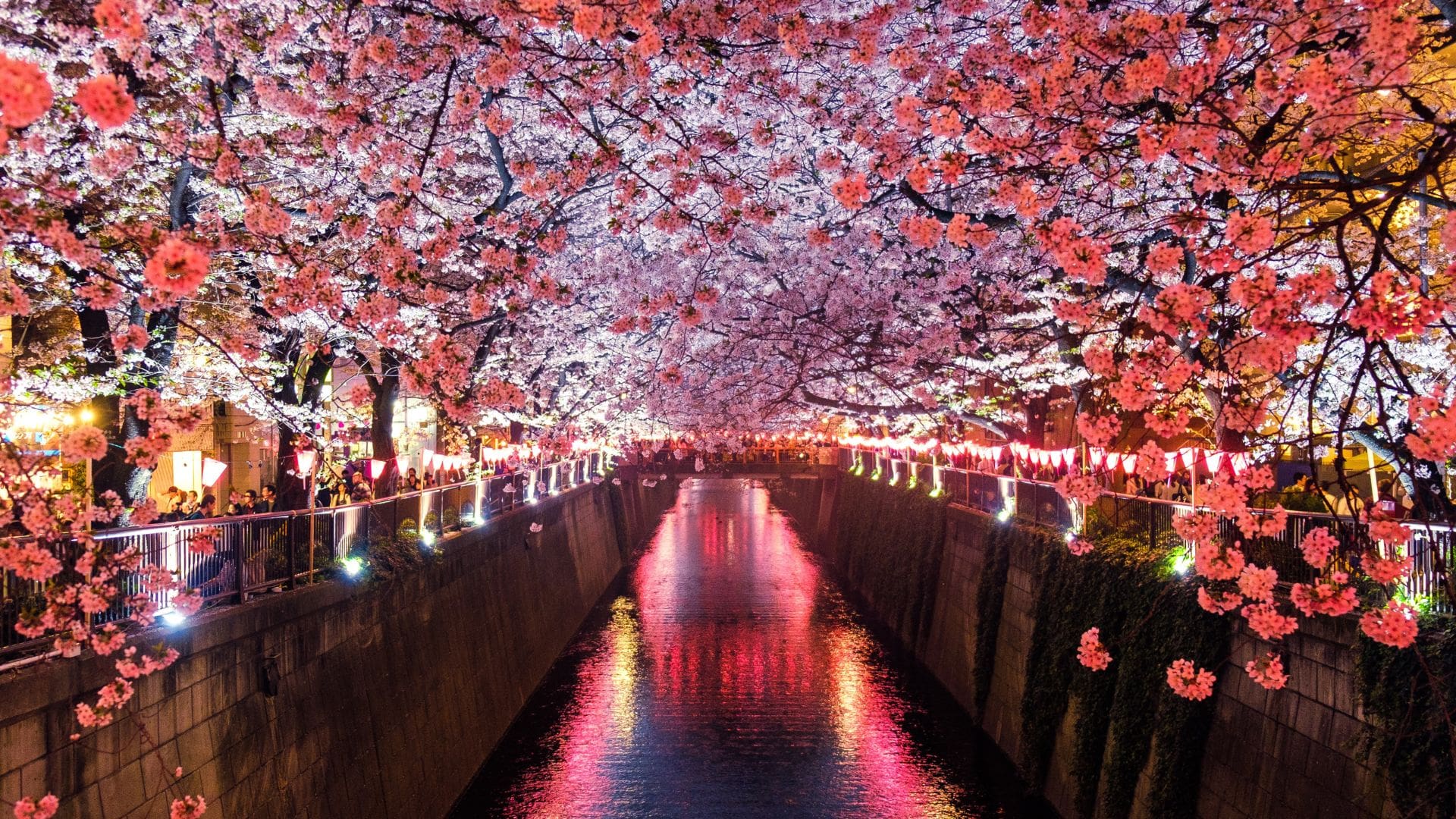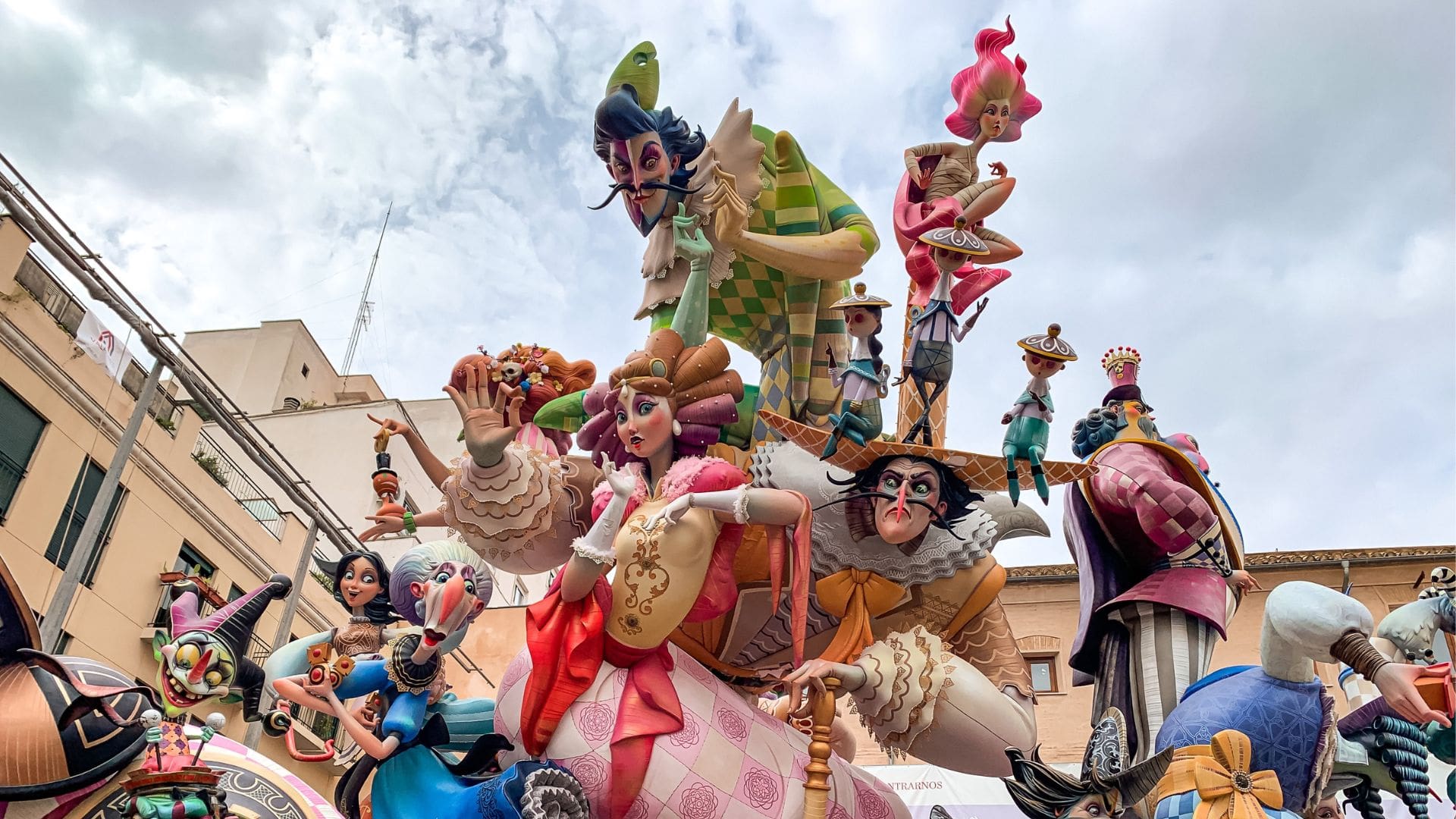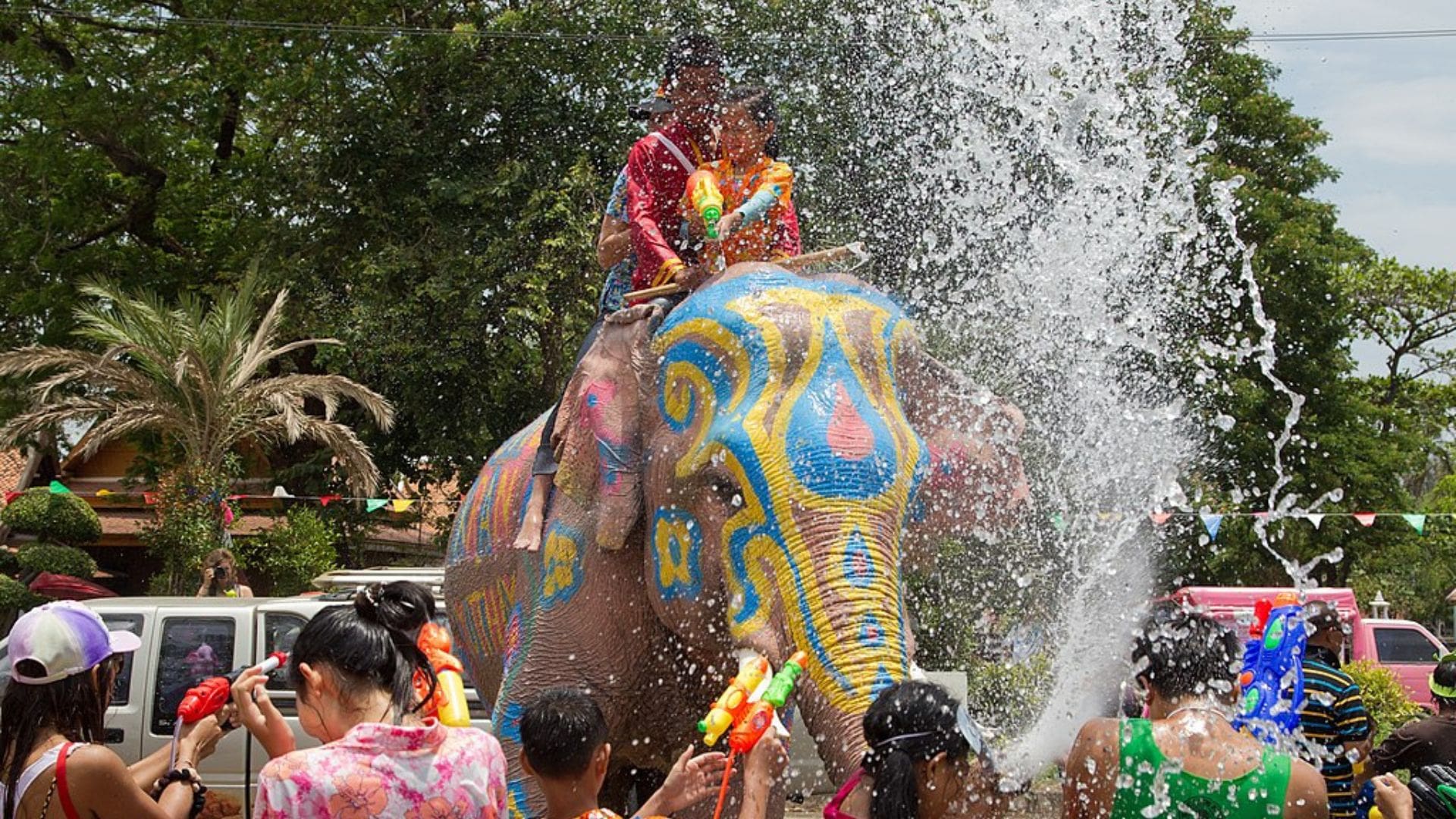Nothing brings joy quite like the arrival of spring after long months of slush and lack of sunshine. The change in weather is especially appreciated by people who enjoy being outdoors or participating in outdoor sports. The first day of spring is so important for many cultures around the world, precisely because of the lengthening day and the rebirth of nature after winter stagnation.
Hanami – Cherry Blossom Festival
In Japan, spring is marked by a unique festival focused on blossoming cherry trees. The main idea of the event is to take the time to appreciate the fleeting and rapidly passing beauty of the flowers.
The festival takes place roughly between the end of March and the beginning of April. Anyone who wants to experience the beauty of these plants must follow a special “forecast” prepared by various meteorological agencies, as cherries blossom only for about two weeks, but at different times throughout Japan. The first blossoming cherries can be found on the southern islands of Japan, around Okinawa, and we will experience hanami latest in the north of the country. So if you’re going to the Land of the Blossoming Cherry in spring, be sure to check when this special forecast is announced for a given region.
Today, Hanami celebrations are combined with numerous festivals throughout Japan, eating traditional dishes such as dango and bento, and drinking sake. People gather for picnics under the cherry trees, both during the day and at night, to make the most of this short blooming period.
Glossary
- 花見, hanami – name of the festival, lit. cherry blossom viewing
- 桜, sakura – cherry tree, cherry blossom
- 桜前線, sakura-zensen – bloom forecast
- 夜桜, yozakura – night viewing of flowers (often combined with light illuminations)
- 団子, dango – a type of Japanese dumplings based on rice flour; most often served in the form of 3-4 pieces skewered on a stick (like skewers)
- 弁当, bento – a meal in the form of a single portion taken away, usually consisting of rice, fish or meat, and vegetables
Do you want to set off to the Land of the Blossoming Cherry? First, check out our Japanese language courses, thanks to which you’ll quickly grasp the basics necessary for communication.

Holi Festival – Festival of Colors
Holi is a festival celebrated in India with a centuries-old tradition – mentions of it appeared in Sanskrit as early as the 7th century. In addition to celebrating the beginning of spring, Hindus also celebrate love and the victory of good over evil during Holi. The eternal love between Radha and Krishna serves as an example for them.
An important element of Holi is the play with colors. The course of this activity is similar to the Polish custom of śmigus-dyngus (Wet Monday), however, instead of pure water, they use water colored with special dyes or dry paints. Traditionally, the dyes – gulal – were obtained from plants recommended by Ayurvedic doctors, e.g. from turmeric or neem, but today synthetic versions dominate. The event is accompanied by regional dances, songs, and dishes such as gujiya, mathri, and malpuas.
The Hindu festival has inspired many festivals in Europe and North America in recent years, due to its universal and joyful character. In Poland, you can participate in the Festival of Colors organized in cities like Krakow, Lublin, Warsaw, and Chorzow.
Glossary
- Holi ka dahan – bonfire symbolizing the triumph of good over evil
- phalguna – name of the month in the calendar used in India, according to our calendar this month starts on February 20 and ends on March 21 or 22
- Kama – god of love, patron of the festival in southern India
- gujiya, mathri, malpuas – names of dishes prepared for Holi
- gulal – dyes used during the festival of colors
Fiesta de Las Fallas – Festival of Fire
Also known as Fallas de Valencia because it takes place exclusively in Valencia, from March 15-19. The key aspect of the Festival of Fire is that it focuses on satire and ridiculing current events in the country.
City residents begin preparing for the festival at the beginning of March, creating special cardboard dolls and organizing daily firework displays. However, the climax of the events takes place on the night of March 19-20, called la Cremà, during which all the figures (ninots) are burned, except for one chosen by the residents in a vote, which after the celebration goes to a special museum dedicated to Las Fallas. In this museum, there is one “saved” figure from each year.
Glossary
- San José – Saint Joseph, the patron of the event and carpenters
- ninots – cardboard and wood dolls prepared for the festival, depicting politicians, celebrities, current events
- la plantà de las Fallas – the night of March 15-16 during which previously prepared figures and cardboard installations are set up in the city
- mascletà – firework display
- la Cremà – the event that concludes the entire festival, during which the ninots are burned
Have you always wanted to get up close and personal with Spanish customs? Thanks to our online Spanish courses, it will be even easier.

Spring Equinox with the Mayans
Chichén Itzá in Mexico is known for its temple – once very important for the Mayan civilization, and today a well-known tourist spot, which attracts crowds especially around the spring equinox.
On this special day, you can observe an extraordinary feature of the building, planned by the Mayans centuries ago. As the rays of the sun move down the building, Kukulcán gradually emerges – the shadow on the wall forms into the body of a snake, whose head is permanently bricked at the foot of the stairs leading to the temple. In addition to observing the phenomenon, crowds also gather to watch specially prepared local theater performances and ritual dances.
Glossary
- el Castillo – which means “castle” in Polish (another name is the pyramid of Kukulkan), a building erected by the Mayan civilization on the territory of today’s Mexico
- Kukulcán – in the beliefs of the Mayans, he was the creator god of the world, appearing in the form of a snake
- equinoccio vernal – spring equinox
- Haabʼ – the name of one part of the calendar used by the Mayans, which covered 365 days. The same number of steps lead to the el Castillo temple.
Songkran – New Year
The Thai New Year coincides in time both with the change of seasons and the transition between zodiac signs – from Pisces to Aries. The main events take place from April 13-15 and are filled with traditional Thai symbolism.
The celebrations of Songkran differ between different regions of Thailand. For example, in the north there are parades with elephants. In contrast, in the central part of the country, houses are cleaned before the holiday, and then during its duration birds and fish are released.
In Thailand’s capital, Bangkok, an event analogous to our native Śmigus-Dyngus takes place. Traffic is closed on selected streets, and the main attraction then becomes water fights using buckets or plastic water guns.
Glossary
- Songkran (Thai: เทศกาลสงกรานต์) – the name of the festival derived from Sanskrit, meaning “transition”
- Nang Songkran (Thai: นางสงกรานต์) – literally Lady Songkran/Miss Songkran. In some regions, this is what a woman chosen from among the competition participants who takes part in a parade in traditional Thai dress is called.
- Rod Nam Dam Hua (Thai: รดน้ำดำหัว) – the first day of celebrations, fully dedicated to respect for older members of the community. During the ceremony, young people pour perfumed water over the hands of the elderly to receive a blessing in return.
Are you interested in the secrets of the Thai language? Try your hand at the PowerWords! Thai course, thanks to which you can learn over 5,000 words useful in everyday communication.

First day of spring around the world
As you can see, the change of seasons from winter to spring is very important for many cultures around the world. The spring equinox and spring months are filled with many symbols that are still important to societies. The characteristic events allow residents to celebrate the increasingly longer days and the rebirth of nature. They also make a great attraction for tourists who like to learn about local customs and come in large numbers to celebrate the first day of spring.
